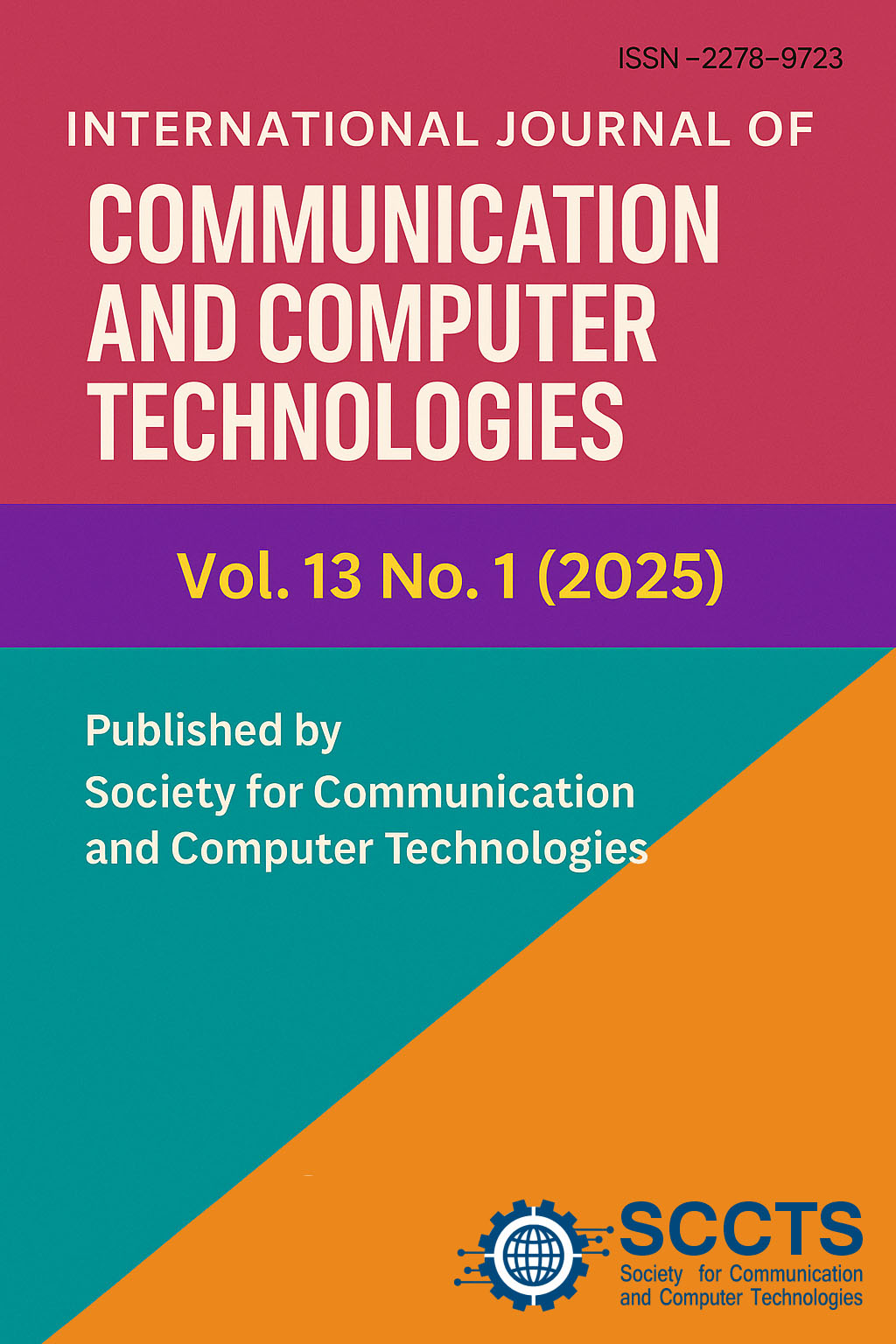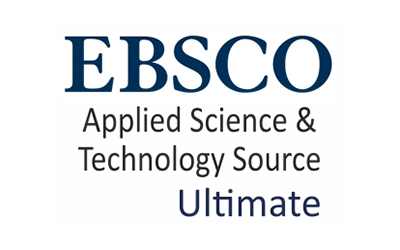VLSI Implementation of Lossless Video Compression Technique Using New Cross Diamond Search Algorithm
Keywords:
New Cross Diamond Search Algorithm, Block Motion Matching Technique, Motion Estimation and CompensationAbstract
Compression is the reduction in size of data with the purpose of save space or transmission time. There are two types of compression Lossy Data Compression and Lossless Data Compression. Lossy data compression, that allow only approximation of the original data to be reconstructed from the compression. Lossless data compression that allow the original data to be reconstructed decompression that improve the performance of a computing system from the compression. Video Compression use in modern coding techniques to reduce redundancy in video data. In this paper the proposed New Cross Diamond Search algorithm is used for video compression(lossless). Two types of techniques are used in this algorithm, they are (1) Block Motion Matching Technique and (2)Motion Estimation and Compensation. By using this new cross diamond search algorithm, the number of checking point is less when compare to another algorithm, using 9 checking point for calculating the sum of absolute difference to determine the least value.By using this least value only the motion vector will be found. compare to diamond search algorithm, checking point is less. The New Cross Diamond Search Algorithm is 40% speed without affecting picture quality.
Downloads
Published
How to Cite
Issue
Section
License
Copyright (c) 2023 International Journal of communication and computer Technologies

This work is licensed under a Creative Commons Attribution-NonCommercial-ShareAlike 4.0 International License.




 The articles in Worldwide Medicine are open access articles licensed under the terms of the
The articles in Worldwide Medicine are open access articles licensed under the terms of the 